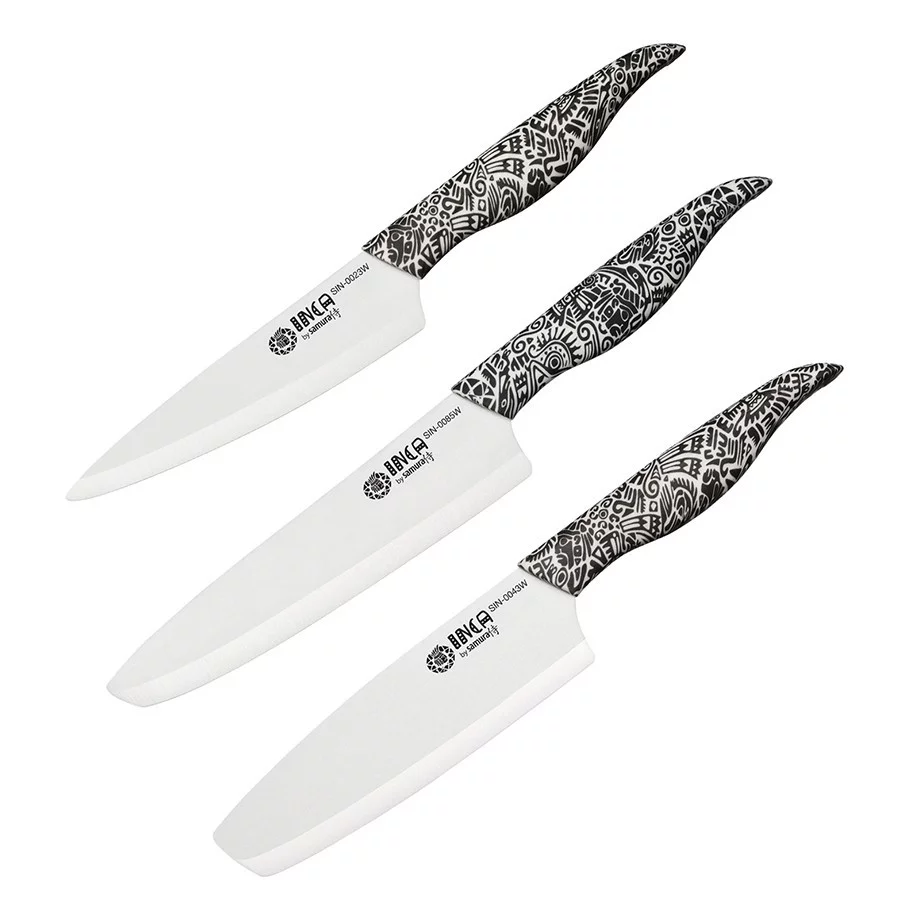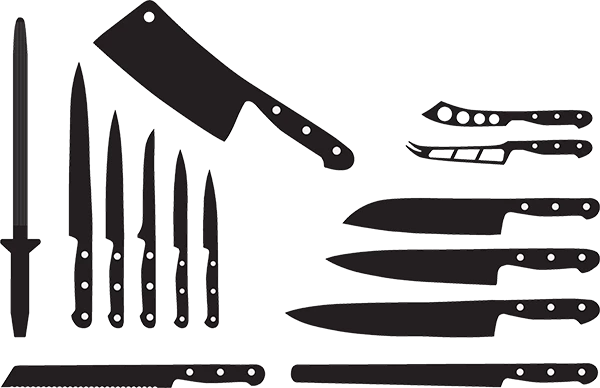Ceramic Knives: Advantages and Disadvantages
Ceramic knives have revolutionized the world of modern cooking thanks to their unique properties and innovative design. These kitchen utensils are becoming increasingly popular, but it is essential to know both their advantages and disadvantages to decide if they are the right choice for you.
Advantages of Ceramic Knives
- Durable Sharpness: The ceramic blade, made primarily of zirconium oxide, retains its edge up to ten times longer than steel knives. This means less time spent sharpening, allowing for a smoother cooking experience.
- Lightweight: These knives are significantly lighter than metal ones, making them easier to handle and reducing fatigue when used for extended periods.
- Rust Resistance: Being a non-porous material, they do not retain odors or flavors and are completely immune to rust, making them ideal for cutting fresh fruits and vegetables.
- Precise Cuts: They provide fine and precise cuts, perfect for preparing delicate foods and dishes that require attention to detail.

Disadvantages of Ceramic Knives
- Fragility: Unlike steel knives, ceramic ones are more prone to chipping or breaking if used improperly, especially when cutting hard foods or those with bones.
- Difficulty in Sharpening: To maintain their edge, they require a specific diamond sharpener, which can be a drawback for some users who are not familiar with this type of tool.
- Limitations in Use: They are not recommended for cutting hard foods like bones or frozen products due to their fragility. This limits their versatility compared to steel knives.

In conclusion, the choice between ceramic knives and steel knives depends on how they will be used and personal preferences. If you seek precision and minimal sharpening maintenance, ceramic knives are an excellent choice. However, if you require more robust utensils, steel knives may be the better option due to their strength and versatility.
















